Choking on plastic, findings reveal
Published on June 28th, 2018
Determining the prevalence of plastic along the course was an aspect of the 2017-18 Volvo Ocean Race, with the findings providing a baseline for the amount of the debris, and in what regions it is most prevalent. As anticipated, the oceans are choking in plastic.
Out of a total of 68 samples taken during the course of the race, only two, collected south of Australia and east of Argentina, have been found to contain no microplastics.
Microplastics are often invisible to the naked eye and can take thousands of years to degrade. By collecting information on their levels, the program is helping scientists gain insight into the scale of plastic pollution and its impact upon marine life
The most recent data, taken from sub-surface seawater samples collected on board Team AkzoNobel and Turn the Tide on Plastic boats, found 75 particles of microplastics per cubic metre in one taken off the US coast following the stopover in Newport, Rhode Island.
Levels of 73 and 76 particles of microplastics per cubic metre were recorded as the boats headed towards the mid-Atlantic. These could be connected to the edge of the North Atlantic garbage patch, one of five ocean ‘gyres’, estimated to be hundreds of kilometres across in size.
In the mid-Atlantic, 63 particles of microplastics per cubic metre were recorded, while close to Cardiff, levels were slightly higher with 65 particles of microplastics per cubic metre found.
Earlier in the race, in the Southern Ocean, close to Point Nemo – the furthest point from land on Earth – there were between nine and 26 particles of microplastic per cubic metre. Close to Antarctic waters in the South Indian Ocean, levels of microplastics were as high as 25 particles per cubic metre
The highest levels of microplastic found so far, 349 particles per cubic metre, were found in a sample taken in the South China Sea that feeds into the Kurushio Current and the North Pacific Gyre. The next highest levels, 307 particles per cubic metre, were found at the point where the Mediterranean Sea and Atlantic Ocean meet.
The microplastic samples were analysed by members of the Volvo Ocean Race scientific consortium in Kiel, Germany. The data is then uploaded to a National Oceanic and Atmospheric Administration (NOAA) microplastics database where scientists are able to access it open source.
Dr. Toste Tanhua of GEOMAR Institute for Ocean Research Kiel, funded by the Cluster of Excellence Future Ocean, carried out the analysis and is presenting the findings at the Volvo Ocean Race Ocean Summit in The Hague, Netherlands on Thursday 28th June.
“Thanks to the great cooperation of the Volvo Ocean Race and the teams on the water, we have been able to collect a very valuable and unique data set during the race which we have been able to share with the wider scientific community,” reports Tanhua. “Unfortunately, almost all the samples contained microplastics, meaning that the plastics are carried with ocean currents to the most remote parts of the world’s oceans.”
Race details – Tracker – Scoreboard – Race route – Facebook – YouTube
2017-18 Edition: Entered Teams – Skippers
• Team AkzoNobel (NED), Simeon Tienpont (NED)
• Dongfeng Race Team (CHN), Charles Caudrelier (FRA)
• MAPFRE (ESP), Xabi Fernández (ESP)
• Vestas 11th Hour Racing (DEN/USA), Charlie Enright (USA)
• Team Sun Hung Kai/Scallywag (HKG), David Witt (AUS)
• Turn the Tide on Plastic (POR), Dee Caffari (GBR)
• Team Brunel (NED), Bouwe Bekking (NED)
Background: Racing the one design Volvo Ocean 65, the 2017-18 Volvo Ocean Race begins in Alicante, Spain on October 22 2017 with the final finish in The Hague, Netherlands on June 30 2018. In total, the 11-leg race will visit 12 cities in six continents: Alicante, Lisbon, Cape Town, Melbourne, Hong Kong, Guangzhou, Auckland, Itajaí, Newport, Cardiff, Gothenburg, and The Hague. A maximum of eight teams will compete.
Source: Volvo Ocean Race


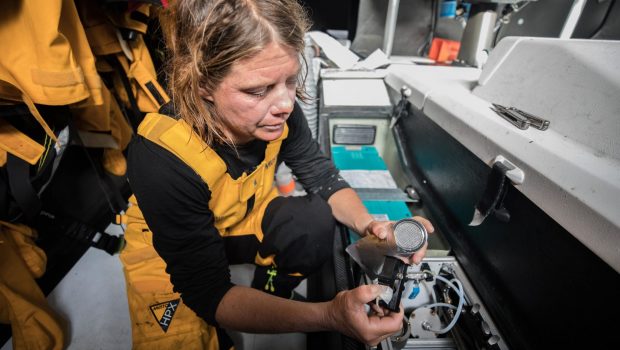

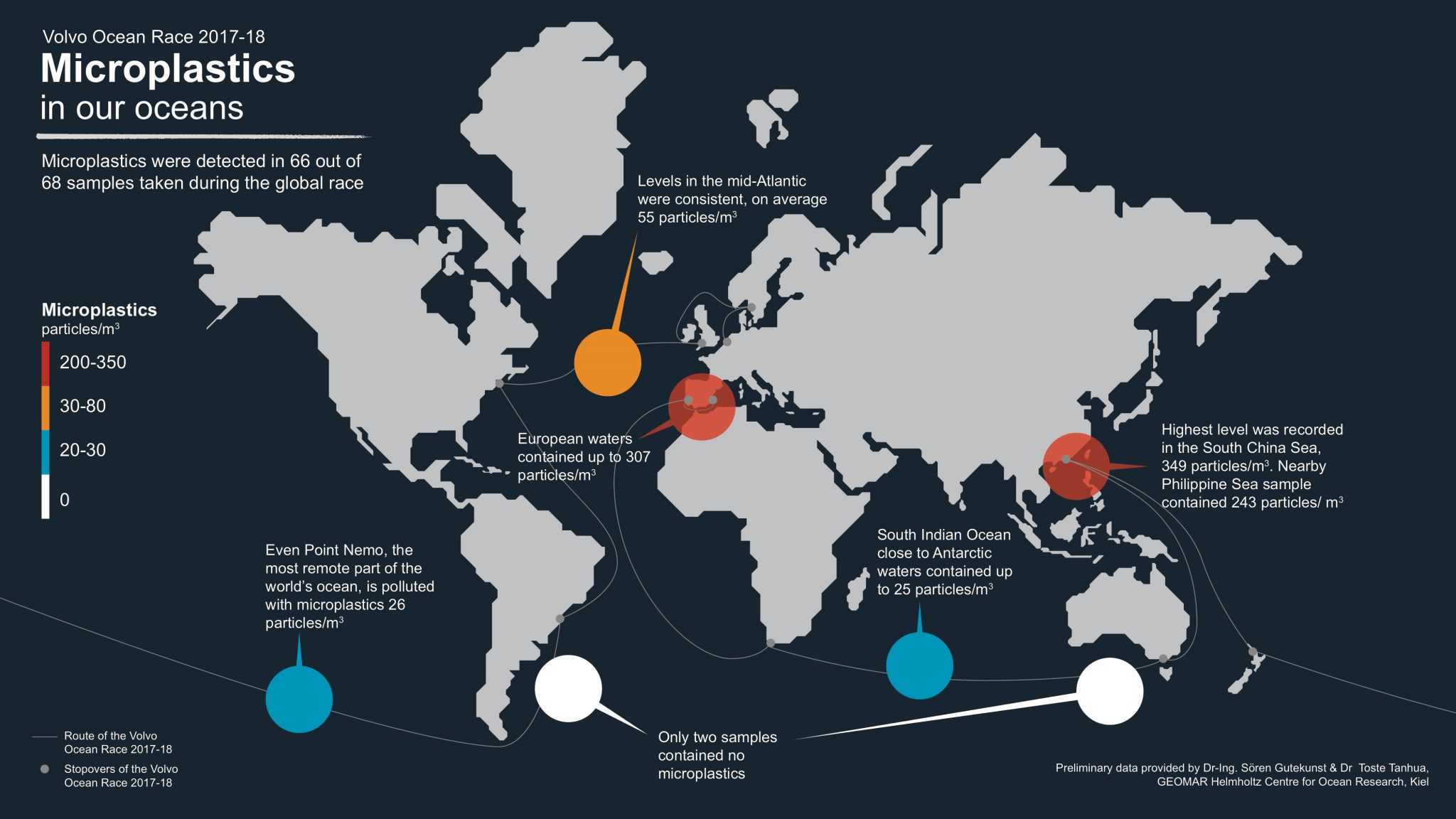
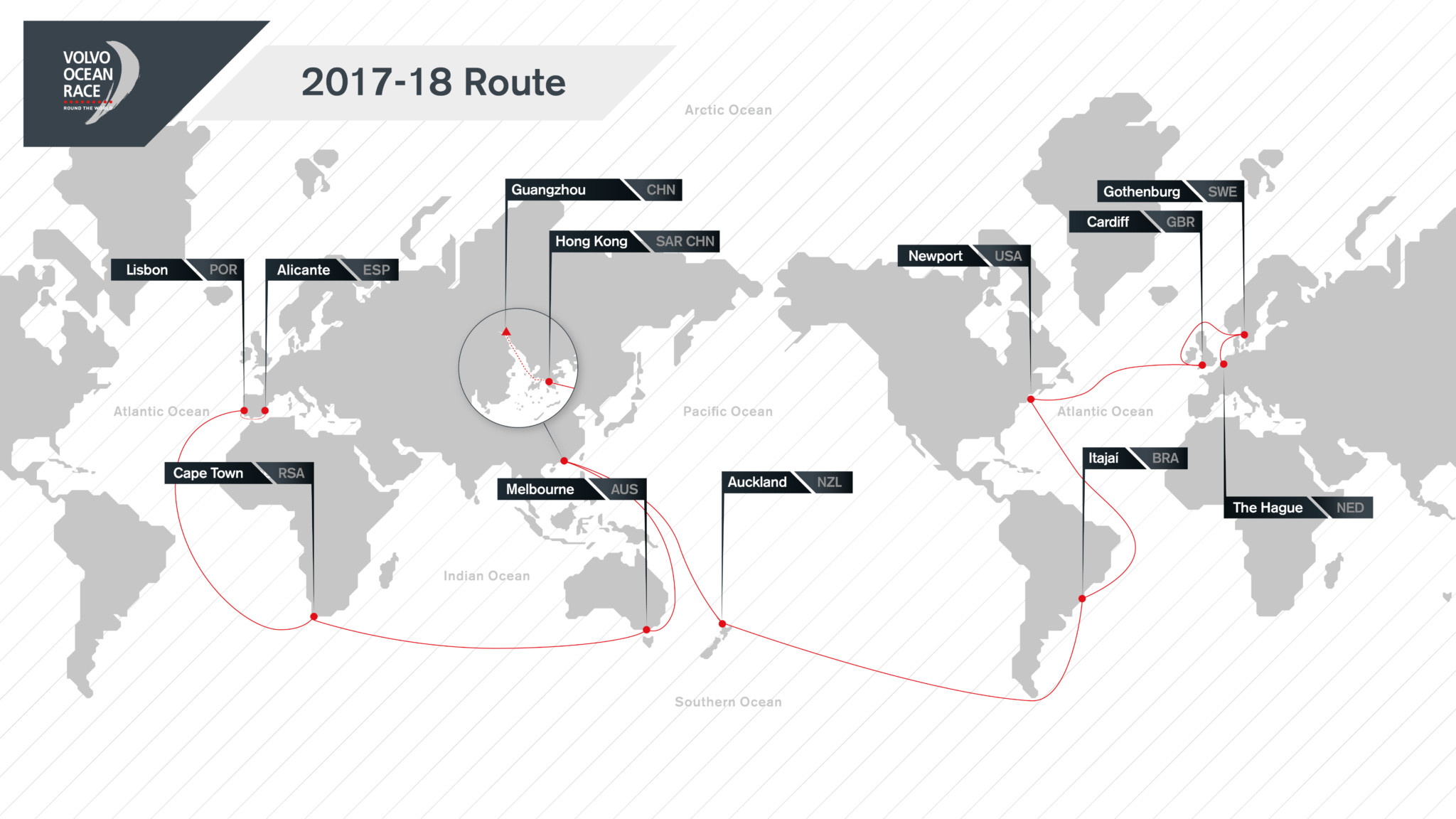


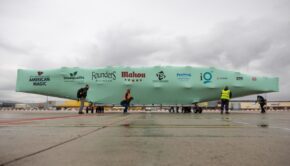
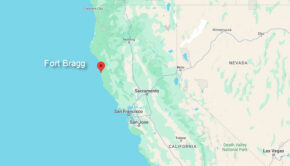

 We’ll keep your information safe.
We’ll keep your information safe.